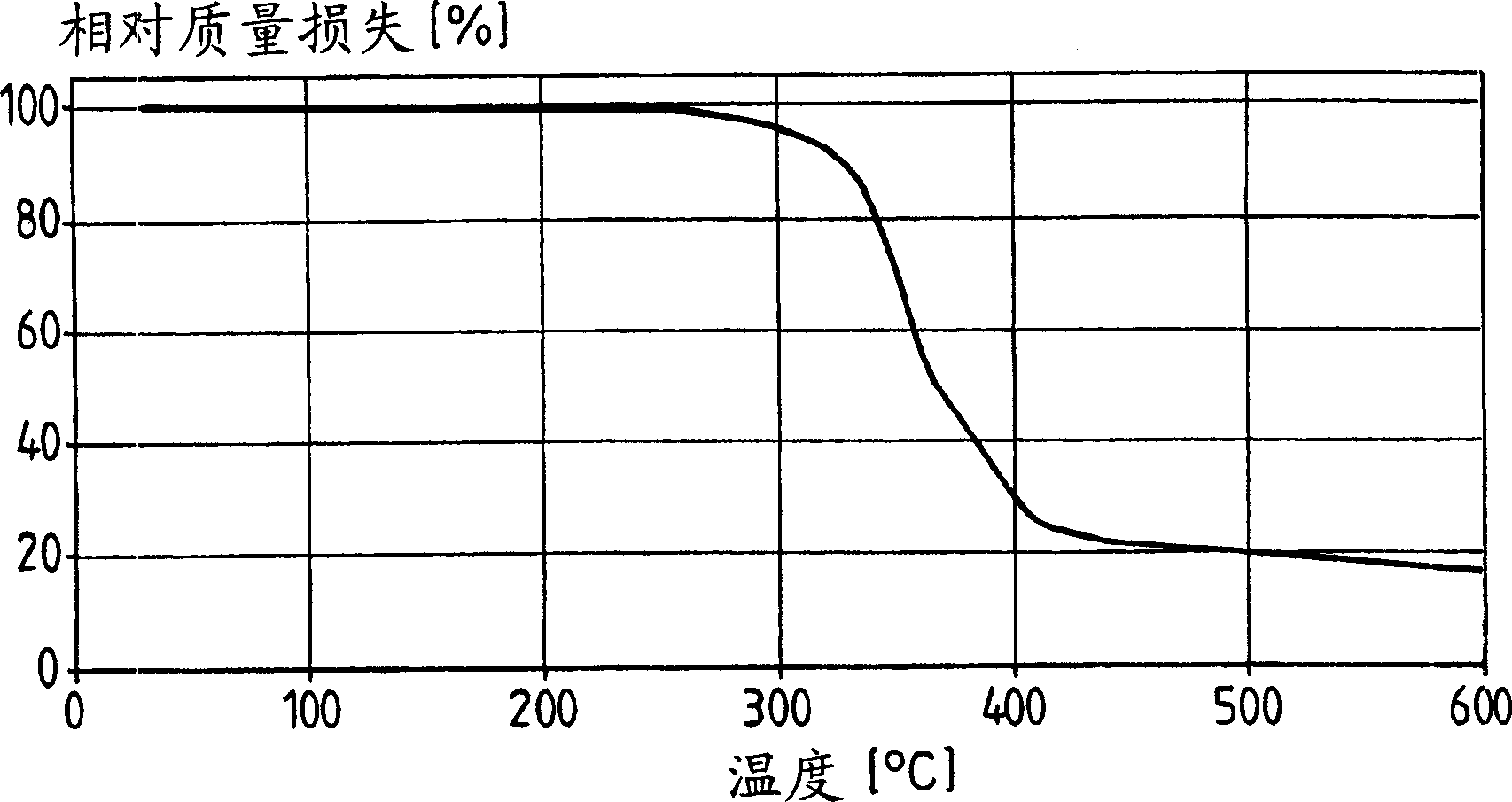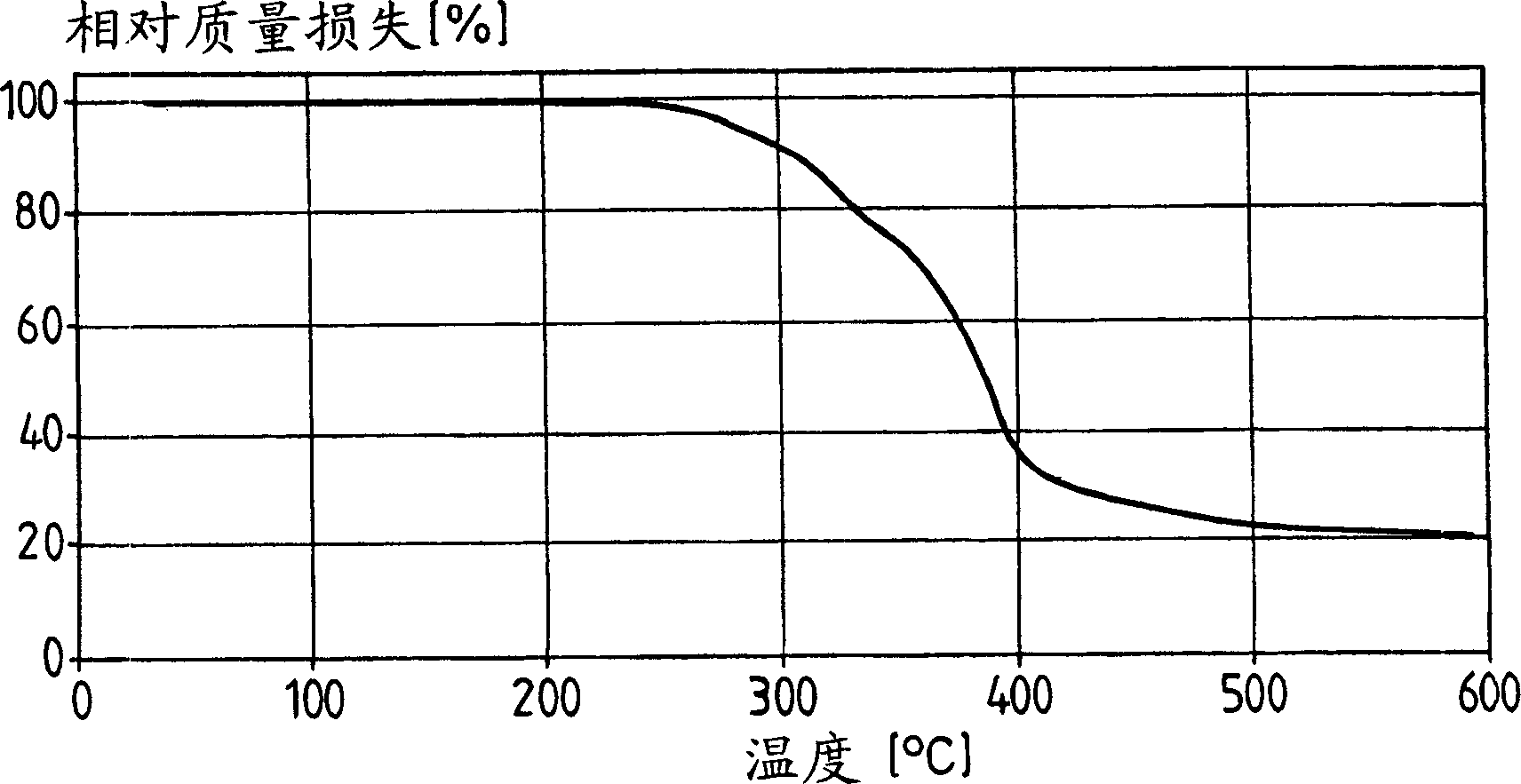Metal-polyurethane laminate
A metal layer, polyurethane resin technology, applied in the field of laminates, which can solve the problems of unsuitable construction of non-maritime tools, insufficient adhesion of metals and elastomers, etc.
- Summary
- Abstract
- Description
- Claims
- Application Information
AI Technical Summary
Problems solved by technology
Method used
Image
Examples
Embodiment 1
[0073] Example 1: Production of laminates:
[0074] For the production of laminates, the following polyurethane reaction systems are used:
[0075] Polyol Formulation (Component A):
[0076] 70.30 parts by weight of a polyether polyol starting from glycerol, having a number-average molar mass of 6011 g / mol, comprising 82.3 wt.% PO and 17.7 wt.% terminal EO blocks,
[0077] 20.00 parts by weight of polyoxypropylene polyols, starting from trimethylolpropane, having a number-average molar mass of 306 g / mol,
[0078] 7.00 parts by weight 1,4-butanediol,
[0079] 2.00 parts by weight of a polymerization catalyst that can be incorporated (Bayfill® Additive VP.PU59IF08, Bayer AG)
[0080] The polyol formulation has an OH value of 221.
[0081] Isocyanate component (component B):
[0082] Crude MDI, comprising 1-5 wt.% 2,4'-MDI, 44-55 wt.% 4,4'-MDI and 40-55% polymethylene poly(phenylisocyanate).
[0083] The foaming ratio of component A:component B is 100:52 parts, correspond...
Embodiment 2
[0090] Example 2: Production of laminates:
[0091] For the production of laminates, the following polyurethane reaction systems are used:
[0092] Polyol Formulation (Component A):
[0093] 69.30 parts by weight of a polyether polyol starting from glycerol, having a number-average molar mass of 6011 g / mol, comprising 82.3 wt.% PO and 17.7 wt.% terminal EO blocks,
[0094] 11.80 parts by weight of polyoxypropylene polyols, starting from trimethylolpropane, having a number-average molar mass of 306 g / mol,
[0095] 10.00 parts by weight of ethylene glycol,
[0096] 7.80 parts by weight of polyethylene glycol, with a number average molar mass of 600g / mol,
[0097] 0.05 parts by weight of dibutyltin dilaurate,
[0098] 16.70 parts by weight wollastonite type filler,
[0099] The polyol formulation has an OH value of 241.
[0100] Isocyanate component (component B):
[0101] Crude MDI, comprising 1-5 wt.% 2,4'-MDI, 44-55 wt.% 4,4'-MDI and 40-55% polymethylene poly(phenylis...
PUM
| Property | Measurement | Unit |
|---|---|---|
| Number average molar mass | aaaaa | aaaaa |
| Number average molar mass | aaaaa | aaaaa |
Abstract
Description
Claims
Application Information
 Login to View More
Login to View More - R&D
- Intellectual Property
- Life Sciences
- Materials
- Tech Scout
- Unparalleled Data Quality
- Higher Quality Content
- 60% Fewer Hallucinations
Browse by: Latest US Patents, China's latest patents, Technical Efficacy Thesaurus, Application Domain, Technology Topic, Popular Technical Reports.
© 2025 PatSnap. All rights reserved.Legal|Privacy policy|Modern Slavery Act Transparency Statement|Sitemap|About US| Contact US: help@patsnap.com


